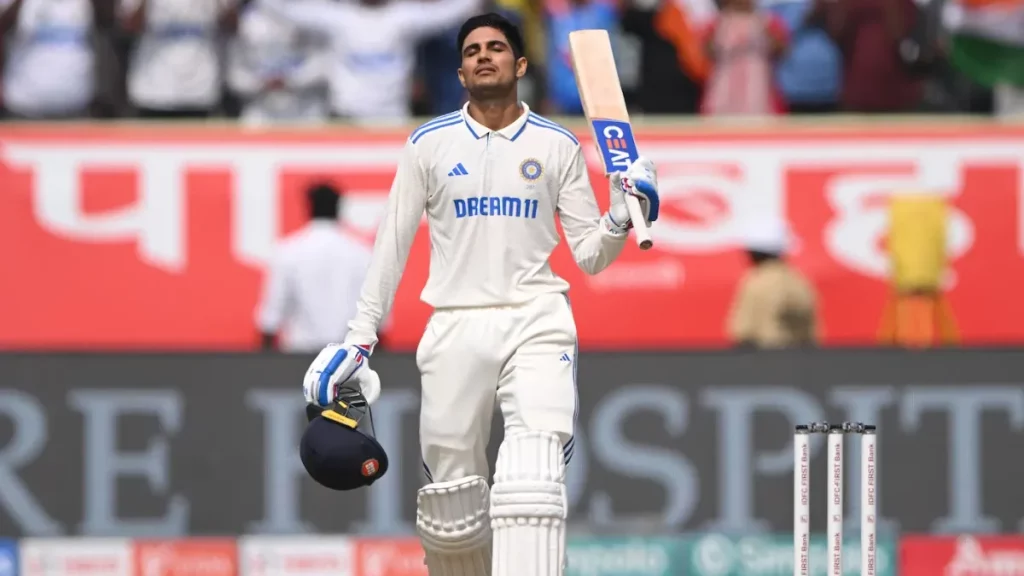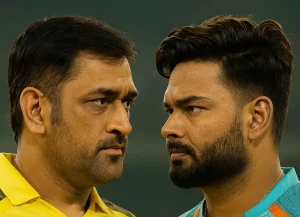In the second Test against England, Rohit Sharma led India to a stunning comeback, winning by 106 runs to even the five-match series at 1-1. After losing the first Test, the home team shown their grit and triumphed over a powerful England side that came out with a clear determination to chase down the mark of 399.
Yashasvi Jaiswal set up the victory by scoring a superb double century in the first innings, helping India reach a competitive score of 396. None of the other hitters were able to convert their beginnings into major scores, preventing India from scoring heavily in the first innings. It was close to par, and England appeared to be in control.
Just when England were on fire in the first innings, Jasprit Bumrah unleashed a spell of epic proportions, enabling India to launch a stunning recovery. He concluded with 6/42, taking the wickets of Joe Root, Ollie Pope, Jonny Bairstow, and Ben Stokes. It was a masterpiece in reverse swing bowling, and the English hitters had no replies.

India’s batting faced a trial in the second innings. A tremendous performance by Shubman Gill saved the day. Gill hit an impressive century, yet India stumbled during the innings’ final steps, ending with 255. The set goal of 398 was satisfactory. Eventually, India marked a solid 106-run victory, creating an exciting series setup.
Now, let us review the three captaincy decisions of Rohit Sharma that played a crucial role in the second Test.
1. Bumrah returns to strike after Crawley’s dismissal in first innings
The decision to put Jasprit Bumrah back into the assault following Zak Crawley’s dismissal proved to be a masterstroke, as Bumrah ripped through the English middle and lower orders. After Axar Patel produced a faulty shot from Crawley, Rohit Sharma saw an opportunity and gave the ball to his elite bowler, Bumrah, who did not disappoint. Rohit Sharma’s captaincy and Bumrah’s bowling were the key factors in India’s victory.
Bumrah struck Joe Root on the outside edge of his bat with an away swinging delivery before shattering Ollie Pope’s stumps with a blistering yorker straight at the base of the middle stump. Bairstow and Stokes were the next casualties as England lost their stride and surrendered a huge lead to India.
Bumrah then returned for his final stint, dismissing Tom Hartley and Shoaib Bashir to end with figures of 6/42. This effort also helped him win the Player of the Match award. The next Test in Rajkot is approximately nine days away, and it has been suggested that Bumrah may be rested for the third Test.
2. Taking the DRS call of Zak Crawley in the second innings
Zak Crawley batted brilliantly in the second innings, and his aggressive approach to accumulating runs put England in the chase for the highest fourth innings score to win a Test in India. Crawley was making easy work of the Indian bowling attack until Rohit Sharma reintroduced Kuldeep into the assault.
With England’s second innings total at 194/4, Kuldeep Yadav delivered a slider that drifted off the surface and hit Crawley on the front leg. To the naked eye, it appeared to be sliding down the leg. However, replays indicated that the ball was thrown in line and was about to contact the leg stump.
The argument over the judgment was fueled further by Ben Stokes, who argued that the technology got it wrong on that occasion but admitted that it was his personal opinion. The decision to take the review flipped the game on its head, as England were finally bowled out for 292.
3. England’s aggression met with attacking field in run chase
England fast bowler Jimmy Anderson stated that England will chase the mark even if India set it at over 600. The target of 398 was always going to be a challenge for the visitors, but their style of play offered them a genuine opportunity at the start of Day 4.
Zak Crawley started brightly and picked up where he left off in the first innings. Despite his strong strokeplay, Rohit Sharma continued to use close-in fielders and maintained mid-off and mid-on inside the imaginary thirty-yard circle for an extended period of time.
Even when Joe Root came out with guns blazing and made his intentions apparent, Rohit Sharma kept his fielders within the circle, which ultimately contributed to his demise. Tom Hartley challenged the Indian bowlers in the later portion of the chase, but it did not compel Rohit Sharma to adjust his strategy.




